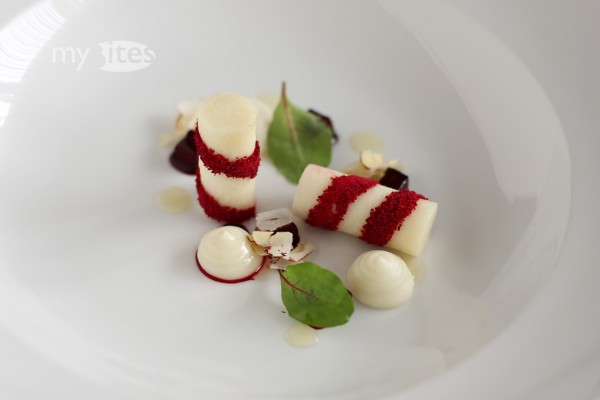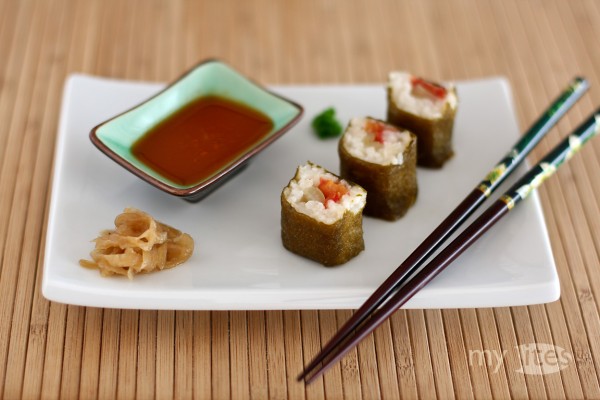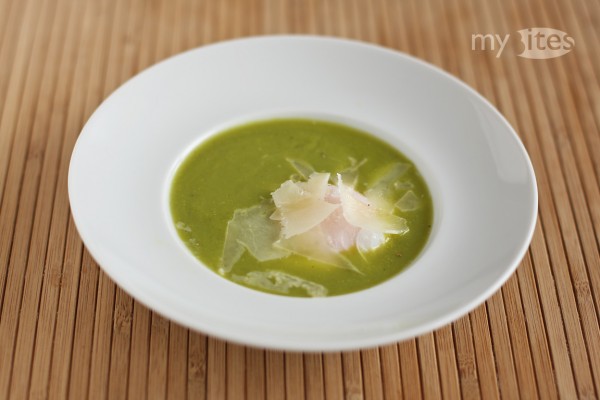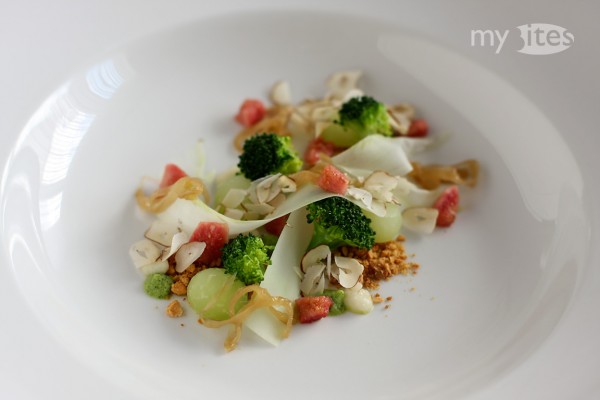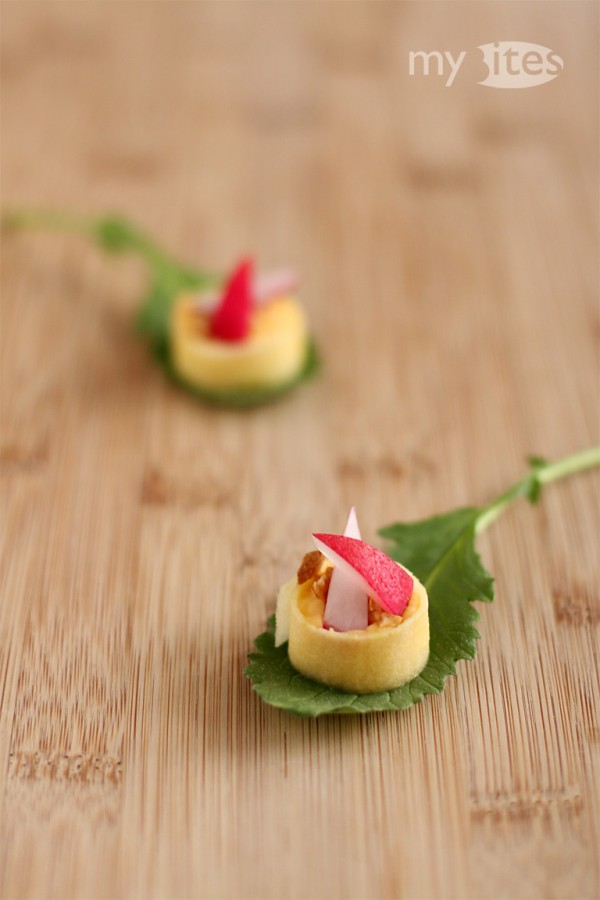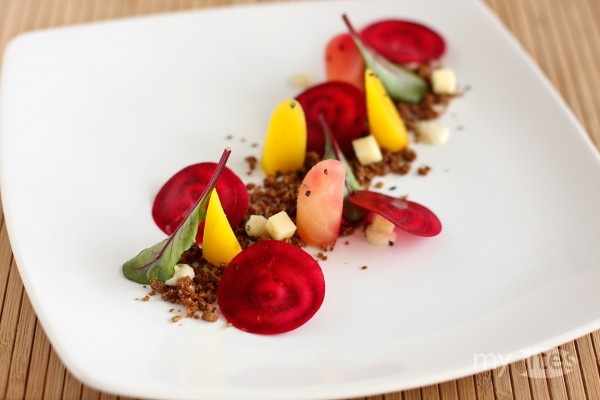In the last few months I’ve been reading the first two books of Modernist Cuisine on the train to and from work. To my opinion, it’s the very best book on cooking science currently available. At first the 20kg heavy cyclopedia might seem pretty expensive, but if you consider that it actually contains all the knowledge from your complete bookshelf, it’s quite a bargain. What I also like in the book is that it goes very much into detail on the science behind food and cooking techniques, but everything is explained in n easily readable and comprehensible way.
The chapter on cooking techniques and utensils in the second book was so inspiring to me, that I tidied up my kitchen and preserved some space for new kitchen equipment. One of the kitchen tools I acquired recently was a microwave. Yes, a microwave, the one and only kitchen tool that has been neglected in the past decades by several professional cooks. Only recently cooks started to use microwaves due to some of its unique applications. From a culinary perspective, a microwave has a lot more to offer. I read about these possibilities in the second book of Modernist Cuisine and I’ll feature each one of them in a post on my blog in the future. First I start with the simplest basic recipe, which is based on a recipe by the famous and well renowned chef Thomas Keller.
